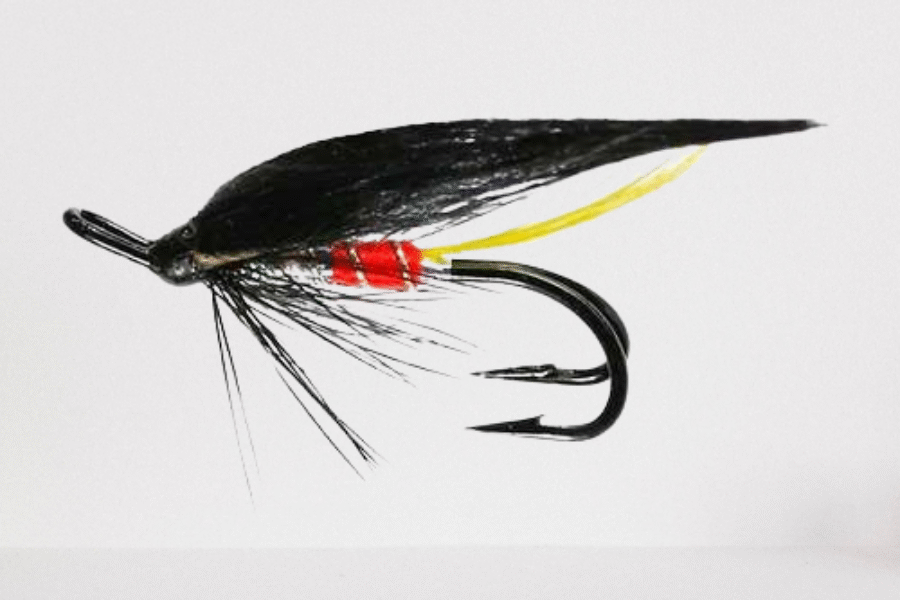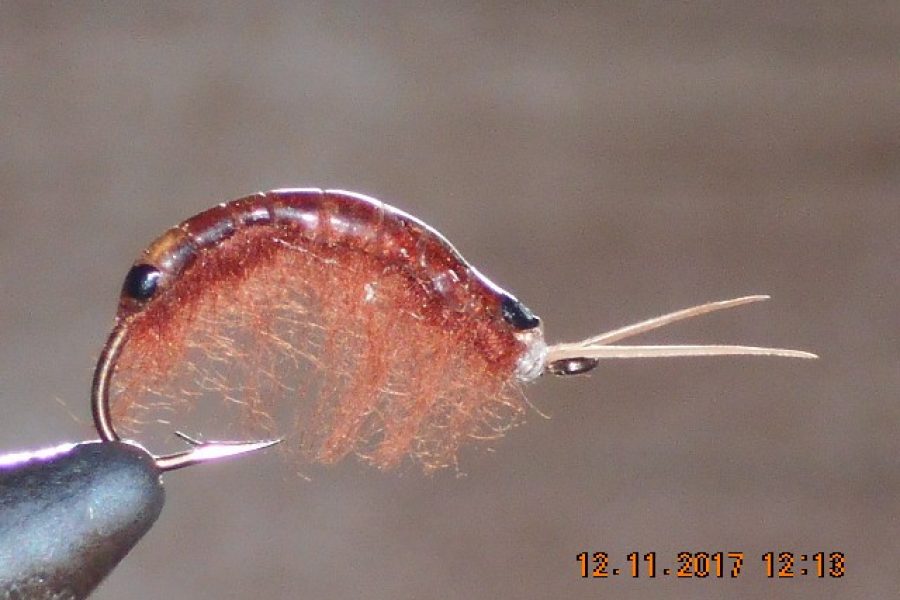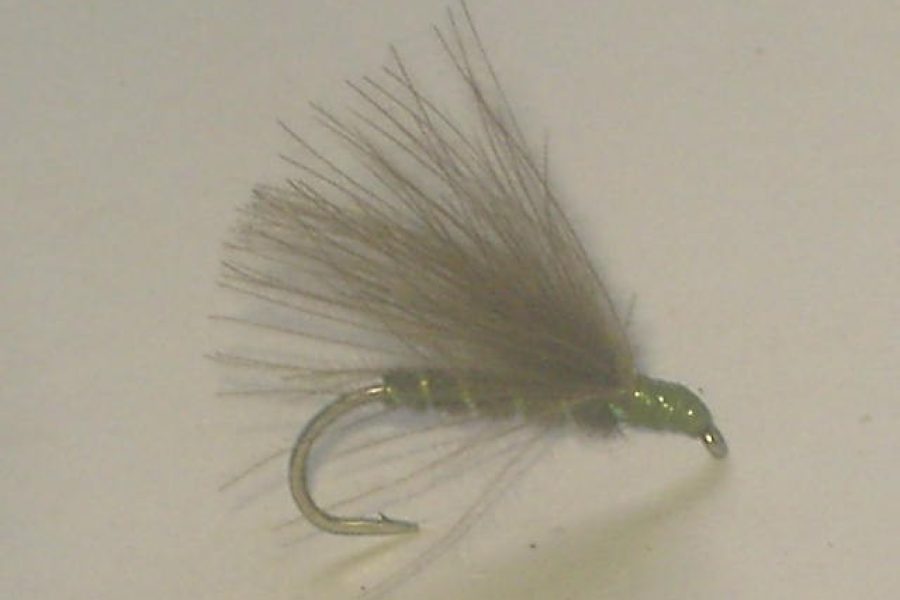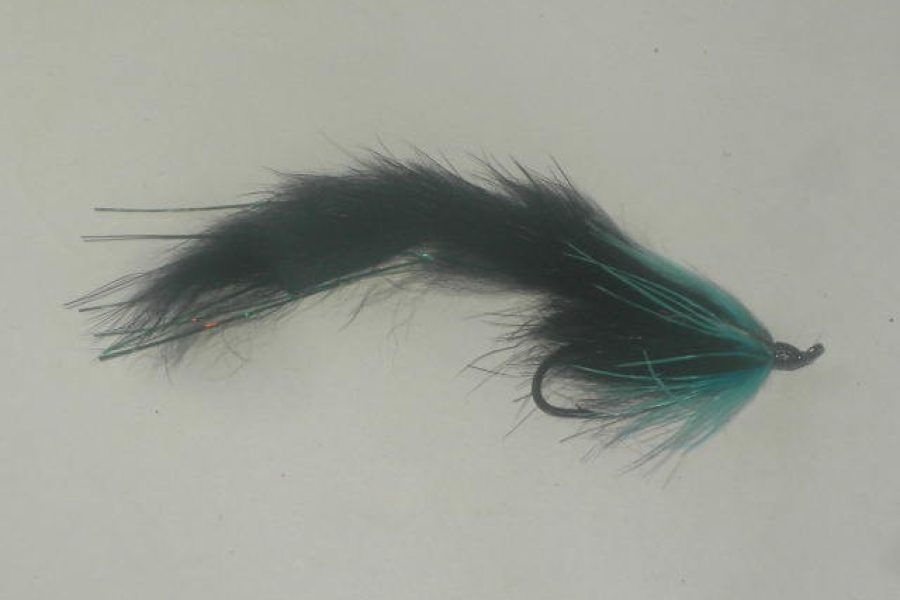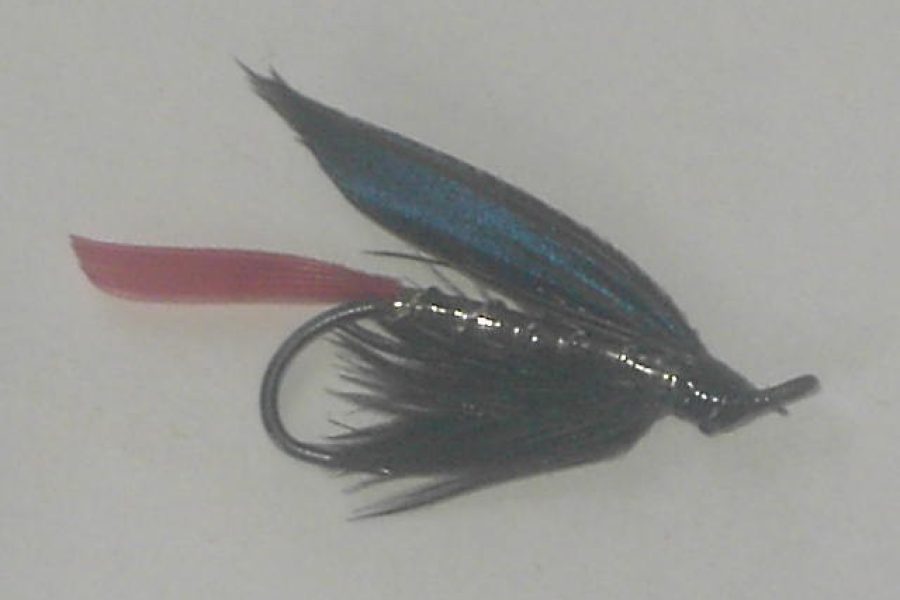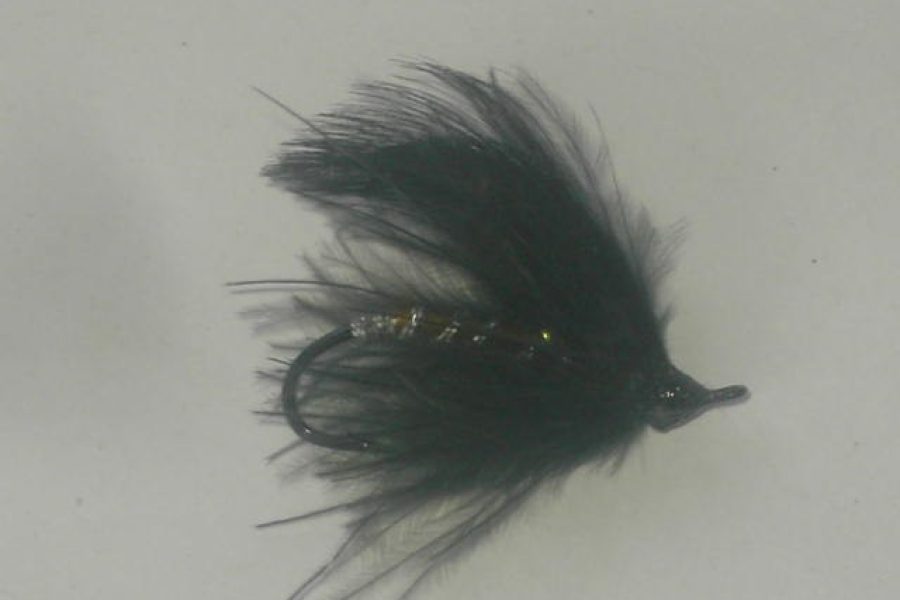Description
Product Overview and Heritage The Boss Orange fly represents a masterful evolution in attractor pattern design, combining bold orange coloration with innovative tying techniques. This specialized pattern draws from both traditional and modern fly design principles, creating a highly visible and effective pattern that excels in various water conditions. Developed through extensive testing in both clear and off-color waters, this pattern has proven particularly effective for targeting aggressive fish and has become a favorite among guides and experienced anglers.
Design Philosophy and Material Innovation The pattern’s effectiveness stems from its carefully engineered components:
- Premium orange dubbing blend
- Specialized flash materials
- Quality hackle selection
- Precise proportions
- Durable construction
- UV-enhanced materials
- Strategic weight distribution
- High-visibility profile
- Advanced tying techniques
- Authentic movement properties
Technical Specifications
Hook Characteristics:
- Strong-gauge hook
- Available sizes: 8-16
- Durable wire construction
- Standard-eye design
- Chemically sharpened points
- Wide gape configuration
- Corrosion-resistant finish
- Optimal hook strength
- Enhanced penetration design
- Perfect hook-to-material ratio
Material Properties:
- Selected premium materials
- High-grade orange dubbing
- Flash integration
- UV-reactive components
- Water-resistant treatments
- Enhanced durability features
- Quality hackle materials
- Specialized body materials
- Color-fast properties
- Movement enhancement
Construction and Tying Process The pattern’s success relies on precise construction methods:
- Balanced proportions
- Strategic material placement
- Graduated body tapering
- Reinforced thread base
- Flash integration
- Enhanced durability features
- Proper hackle application
- Body segmentation
- Profile consistency
- Weight distribution
Fishing Applications and Techniques
Presentation Methods:
- Dead-drift approaches
- Strip retrieve
- Swing presentations
- Multiple retrieval speeds
- Surface disturbance
- Pattern movement
- Drift control
- Depth variation
- Speed control
- Action manipulation
Specialized Applications:
- Clear water fishing
- Off-color conditions
- High water situations
- Low light periods
- Evening fishing
- Structure fishing
- Pocket water
- Bank fishing
- Deep pools
- Shallow runs
Seasonal Effectiveness
Summer Performance:
- Prime fishing season
- Warm water periods
- Natural activity peaks
- Extended daylight
- Evening rises
- Surface activity
- Temperature peaks
- Optimal visibility
- Fish behavior
- Feeding windows
Spring Applications:
- Early season fishing
- Warming waters
- Initial activity
- Pre-summer behavior
- Mixed techniques
- Weather changes
- Water level variations
- Temperature increases
- Fish movement
- Pattern selection
Fall Strategy:
- Pre-winter feeding
- Cooling waters
- Changed light conditions
- Transitional periods
- Aggressive takes
- Pattern visibility
- Fish location
- Temperature drops
- Migration patterns
- Feeding windows
Winter Tactics:
- Cold water techniques
- Limited light periods
- Slow presentations
- Deep water
- Temperature considerations
- Pattern visibility
- Fish holding patterns
- Oxygen levels
- Light penetration
- Selective feeding
Habitat and Water Types
River Applications:
- Freestone rivers
- Mountain streams
- Boulder pockets
- Fast runs
- Riffles
- Deep pools
- Current seams
- Structure areas
- Tailouts
- Holding water
Specialized Environments:
- Crystal clear waters
- Off-color conditions
- Shallow riffles
- Deep runs
- Complex currents
- Bank water
- Pocket water
- Boulder gardens
- Undercut banks
- Drop-offs
Target Species and Behavior
Primary Species:
- Brown Trout
- Rainbow Trout
- Brook Trout
- Cutthroat Trout
- Lake Trout
- Bass
- Panfish
- Mountain Whitefish
Feeding Behaviors:
- Aggressive strikes
- Chase response
- Pattern recognition
- Territorial behavior
- Opportunistic takes
- Selective feeding
- Strike triggers
- Visual stimulation
- Lateral line response
- Competitive feeding
Rigging Recommendations
Leader Setup:
- 7.5-9 foot leaders
- 3X-5X tippet
- Tapered leaders
- Fluorocarbon options
- Loop-to-loop connections
- Shock absorption
- Proper stiffness
- Knot strength
- Breaking strain
- Abrasion resistance
Presentation Options:
- Single fly rigs
- Dropper setups
- Multiple fly systems
- Traditional methods
- Modern techniques
- Line matching
- Leader design
- Tippet selection
- Weight placement
- Depth control
Professional Applications
Guide Usage:
- Client-friendly pattern
- Proven success rates
- Visibility advantages
- Easy casting
- Multiple techniques
- Teaching tool
- Confidence pattern
- Versatile applications
- Durability
- Hook-up ratio
Commercial Success:
- Professional acceptance
- Market demand
- Pattern variations
- Size options
- Color adaptations
- Regional preferences
- Seasonal popularity
- Distribution channels
- Brand recognition
- Quality control
Care and Maintenance
Post-Fishing Care:
- Thorough drying
- Material grooming
- Hook point inspection
- Hackle maintenance
- Flash preservation
- Float restoration
- Storage preparation
- UV protection
- Pattern inspection
- Material maintenance
Storage Requirements:
- Dry environment
- UV protection
- Separate compartments
- Regular inspection
- Moisture prevention
- Temperature control
- Light protection
- Ventilation needs
- Box organization
- Inventory management
Advanced Fishing Methods
Presentation Techniques:
- Reach casts
- Pile casts
- Aerial mends
- Stack mends
- Curve casts
- Roll casting
- Accuracy casting
- Distance control
- Line management
- Drift control
Water Reading:
- Current understanding
- Depth assessment
- Structure location
- Fish holding areas
- Presentation angles
- Feeding lanes
- Travel routes
- Rest areas
- Temperature breaks
- Current seams
Environmental Considerations
Conservation Features:
- Barbless options
- Sustainable materials
- Durable construction
- Catch-and-release friendly
- Minimal environmental impact
- Eco-conscious design
- Material selection
- Ethical considerations
- Resource protection
- Species conservation
Material Selection:
- Responsible sourcing
- Quality components
- Recyclable elements
- Ethical production
- Sustainable practices
- Environmental impact
- Material longevity
- Waste reduction
- Local materials
- Eco-conscious design

